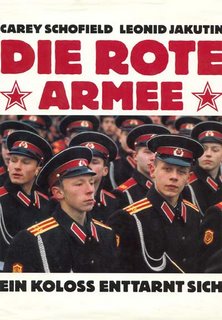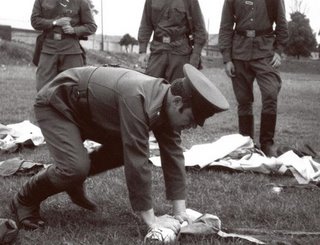CALL FOR ENTRIES

The Queer Lisboa 11 – 11th Lisbon Gay and Lesbian Film Festival is accepting film submissions to its forthcoming edition, in the following formats: Feature Film (fiction), Documentary (feature and short), Short Film (fiction and documentary), Experimental and Animation (both features and shorts).
The deadline for submissions is Thursday 31 st May 2007
The Festival has three competition categories: Best Feature Film (Jury Award), Best Documentary (Jury Award), and Best Short Film (Audience Award)
For additional information, please visit our website or contact us through the e-mail
João Ferreira
Director and Programmer
QUEER LISBOA / LISBON GAY & LESBIAN FILM FESTIVAL
Associação Cultural Janela Indiscreta
Apartado 30036, Estação Correios Necessidades,
1351-901 Lisboa, Portugal
Fax: + 351 21 364 39 17 / Mobile: + 351 91 402 28 86 lisboa.filmfest@netcabo.pt /queerlisboa@gmail.com
www.lisbonfilmfest.com


















































